Cultural Diplomacy is the Missing Link
Cultural Diplomacy is the Missing Link
By Mehmet Enes Beşer
Türkiye has, of recent, stepped up its aspirations to deepen cooperation with the Association of Southeast Asian Nations (ASEAN). As the new center of gravity shifts to the Indo-Pacific, Ankara has recalibrated its foreign policy to engage more actively in Asia as part of its “Asia Anew” strategy. Trade flows have increased, diplomatic missions have multiplied, and strategic dialogue has been institutionalized. For all these impressive advances, however, Türkiye’s relationships with ASEAN continue to be mostly economic in character—driven by investment, supply chains, and access to markets. While such are basic elements of partnership, they are not enough. If Türkiye is to substantively build a long-term, sustainable relationship with ASEAN, it must venture beyond economic realism and invest in cultural diplomacy. It is only by forging mutual understanding among peoples, as opposed to simply states or corporations, that Türkiye-ASEAN relations can be developed into a genuine interregional partnership.
That the economic motivation for Türkiye’s push into Southeast Asia is compelling goes without saying. ASEAN, with a population of over 650 million and a fast-growing middle class, is one of the most dynamic regions in the world. Türkiye, bridging Europe and Asia, wishes to tap this growth, open up new markets for exports, and shield itself from undue reliance on long-time trading partners. That senior-level talks have commenced, free trade agreements with ASEAN member Malaysia and Singapore have been sealed, and business interest in the nation from Türkiye is on the rise, all augur well for a firm economic foundation.
Something, however, is distinctly absent: active cultural exchange. Türkiye remains distant to most Southeast Asians—not geographically alone but also emotionally and culturally. Even though Turkish television has had occasional niches of popularity, and Turkish Airlines’ convenient air access to Istanbul, this sort of superficiality has not been carried over into wider cultural or societal identification. Likewise, Southeast Asia—all lively, complexly multifaceted, and oft-misunderstood—is in effect nowhere to be found in Turkish public consciousness, academic study, or cultural spaces. This mutual unfamiliarity limits the degree of cooperation and reduces the relationship to transactions rather than transformation.
The solution is cultural diplomacy. This does not imply replacing economic relations, but enhancing them. Common economic interests can open the gates of communication, but cultural consciousness is what sustains partnerships in turbulence and transition. For Türkiye and ASEAN alike, both of which span multiple civilizational spaces and are themselves hybrid identities, cultural diplomacy is not a luxury—it is a strategic necessity. It is a way of building trust, breaking down stereotypes, and generating public acceptance of policies that would otherwise seem far away or elitist.
It can be done in many different ways. Educational exchanges are among the most effective. Although a small number of Southeast Asian students study at Turkish universities on government scholarships, the numbers are not significant. A planned expansion of such programs—specifically aimed at Indonesia, Malaysia, Thailand, and Vietnam—would bring long-term returns. Co-research centers for Southeast Asian studies can be set up by Turkish and ASEAN universities, with ASEAN institutions also hosting Turkish language and culture courses. These bridges of scholarship would not only develop specialists but would also produce a generation of bilingual, bicultural bridge builders who could operate within both fields.
Religious and spiritual activity is yet another rich space. As Muslim-majority states, Türkiye, Indonesia, and Malaysia share religious sensibilities which are often unreleased. Dialogue platforms on the Islamic world, exchange among scholars, and mutual work on Islamic art, ethics, and contemporary challenges would build a sense of commonality with celebrating diversity of practice and interpretation. It would also resist reductive discourse tending to speak about the Muslim world as homogenous or disjointed.
Arts, literature, and media exchange also have power. Collaborative film festivals, writers’ workshops, translation programs, and music collaboration can also render intangible political relations human. Türkiye’s vibrant creative industries can take root in ASEAN cultural centers, and Southeast Asian cinema, literature, and traditional arts deserve more space in the cultural lives of Turks. These are not trivial efforts; they yield emotional attachments and shift public opinion from ignorance to curiosity and respect.
Besides, people-to-people programs—youth summits, student forums, tourist programs, civil society partnerships—can provide voices to the otherwise voiceless in official diplomacy. These grass roots contact points guarantee that Türkiye-ASEAN relations are not just elite-mandated or confined to the board rooms and embassies. They bring empathy and solidarity when international politics is increasingly reducing relations to issues of interest and rivalry.
Placing culture first is not merely a matter of altruism, but of future-proofing an alliance. In an age where geopolitical loyalties are fluid and economic interests can change with market tides or regime succession, cultural affinities provide staying power. They are less quantifiable, but also less fragile. Cultural affinity simplifies policy coordination, trade talks less contentious, and political emergencies less explosive. When publics know and understand one another, state-level efforts bear deeper roots and broader reach.
Conclusion
Türkiye’s Asian pivot is an inevitable and overdue shift in strategic posture. ASEAN, as a rising site of global gravitational force, is the natural fit for this dream. But if the relationship hangs on nothing but freighters and patterns of investment, it will be superficial and easily upset. In order to transform potential into partnership and nearness into affection, Türkiye and ASEAN must invest in cultural diplomacy—not an add-on, but a corner post of support.
Investing in cultural partnership is an investment in human beings. It is understanding that enduring partnerships are not forged only in treaties but in ties—in shared experiences, stories, values, and interest. It requires vision, patience, and imagination. But the return is huge: a strong, multidimensional relationship that not only addresses the needs of today but has the potential to adapt with the unpredictabilities of tomorrow.
For Türkiye to be not only a visitor to Southeast Asia, but a credible dialogue partner, it must employ not only the language of politics and trade, but also the language of identity, culture, and humanity. And when it does so, it will discover that the longest bridges are not built simply between economies—but between hearts and minds.



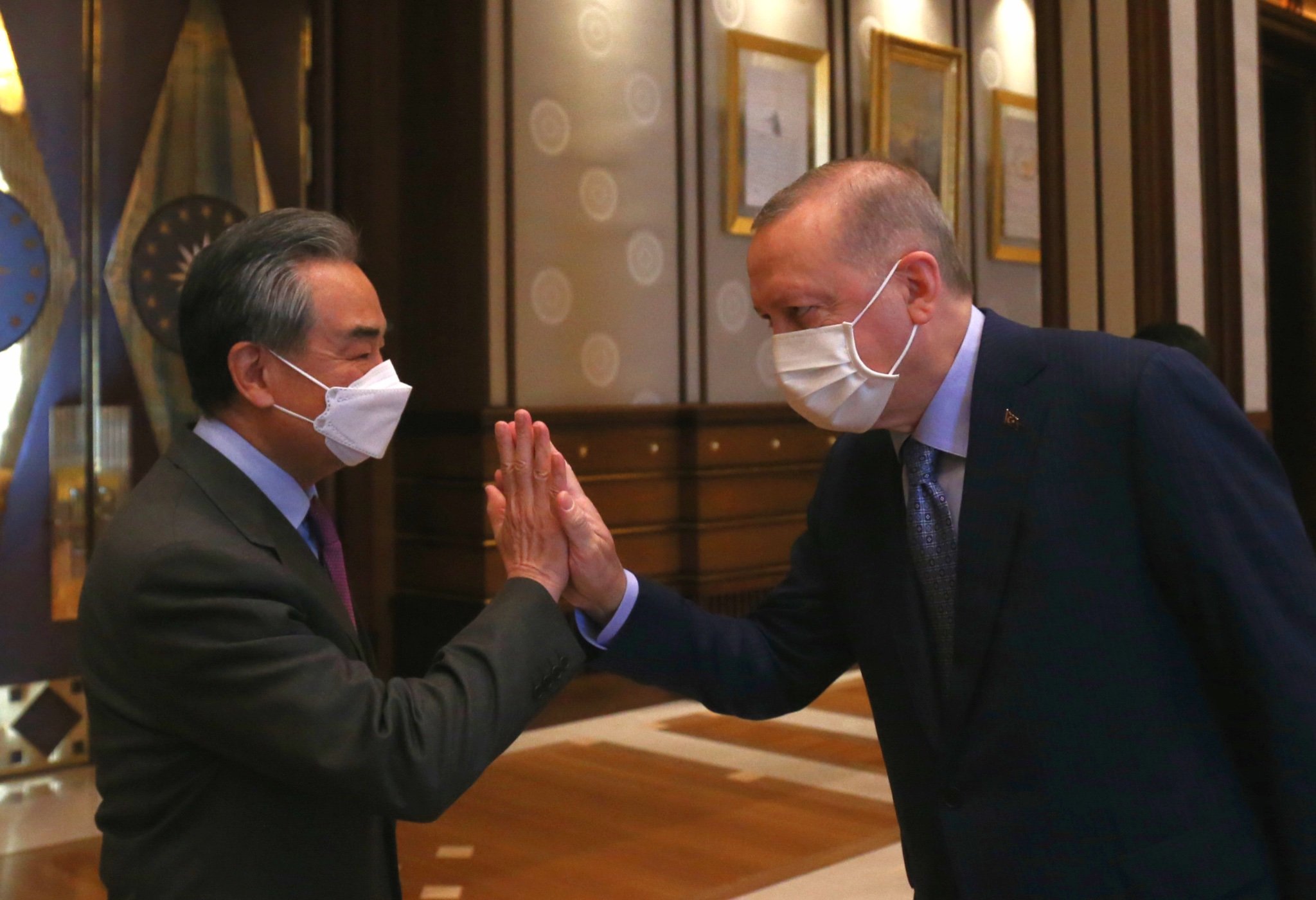

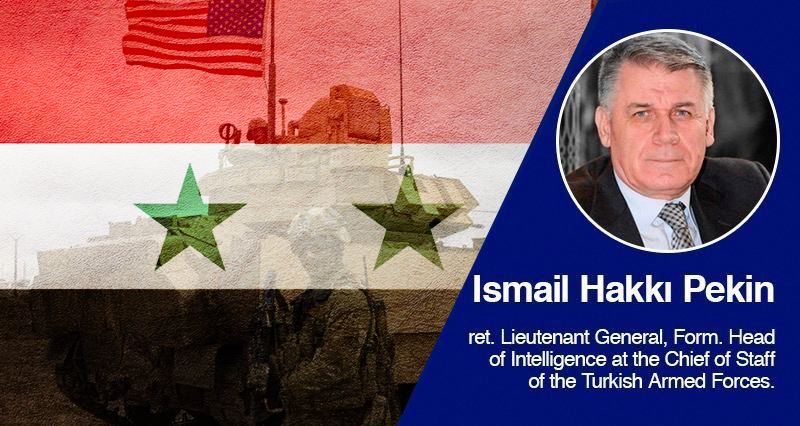

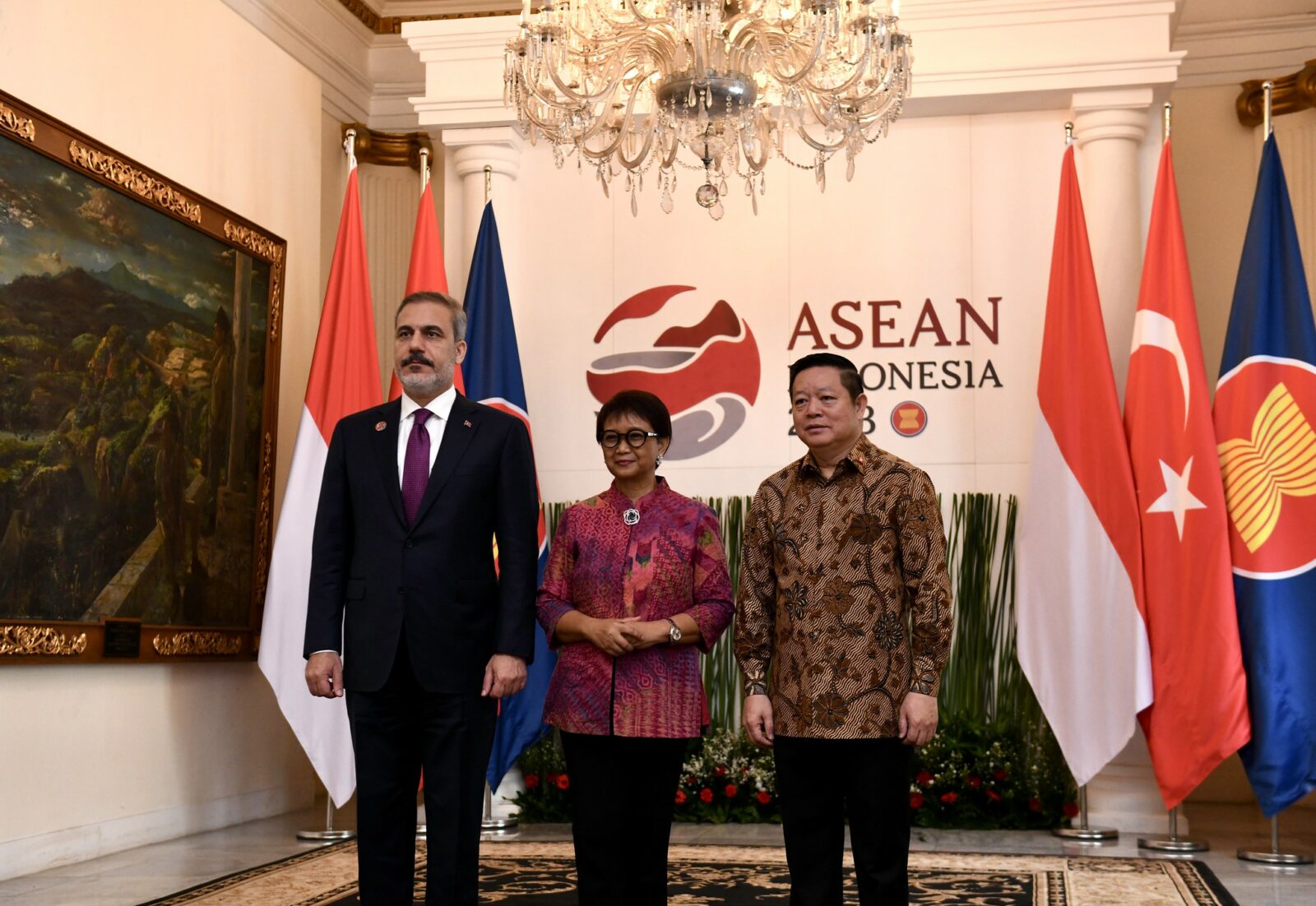
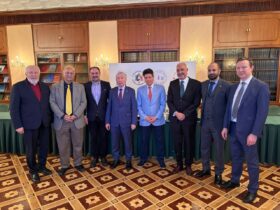
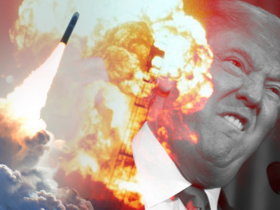
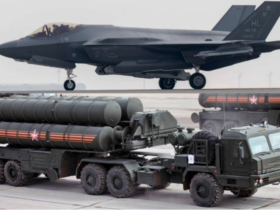
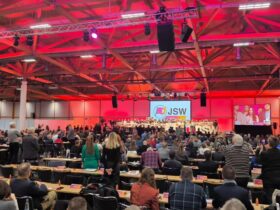

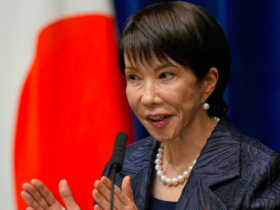
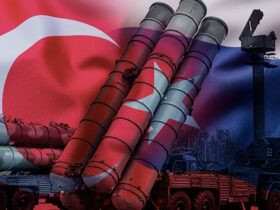
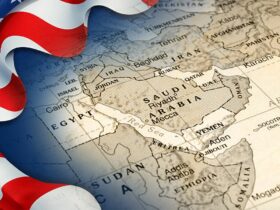
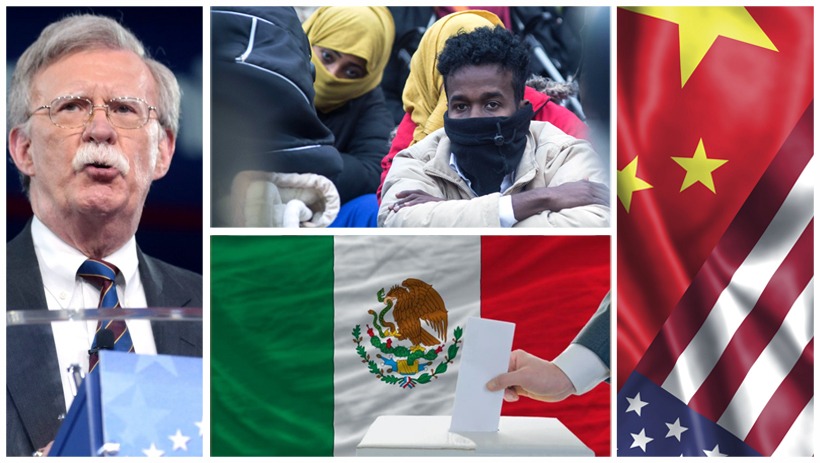
Leave a Reply